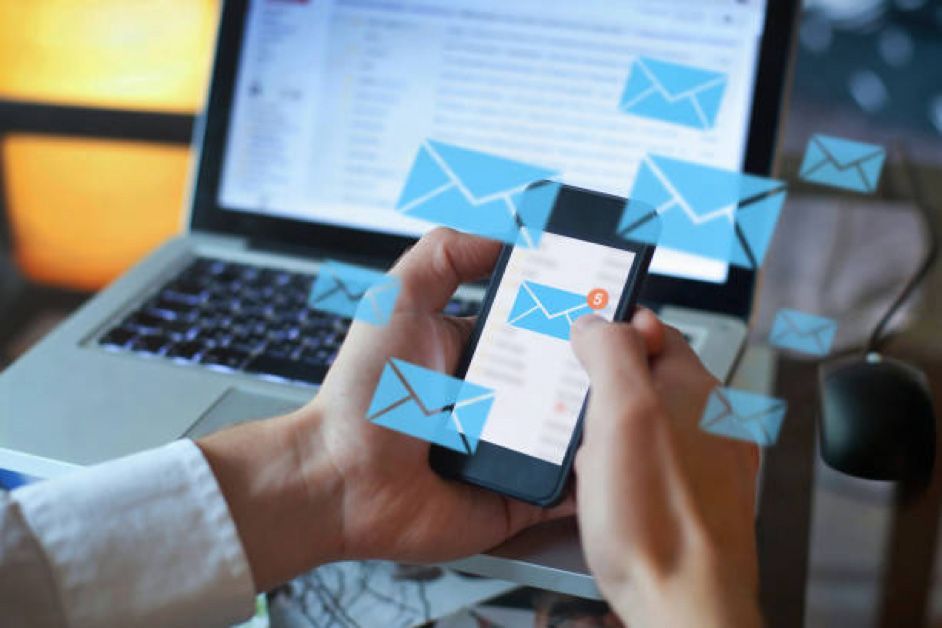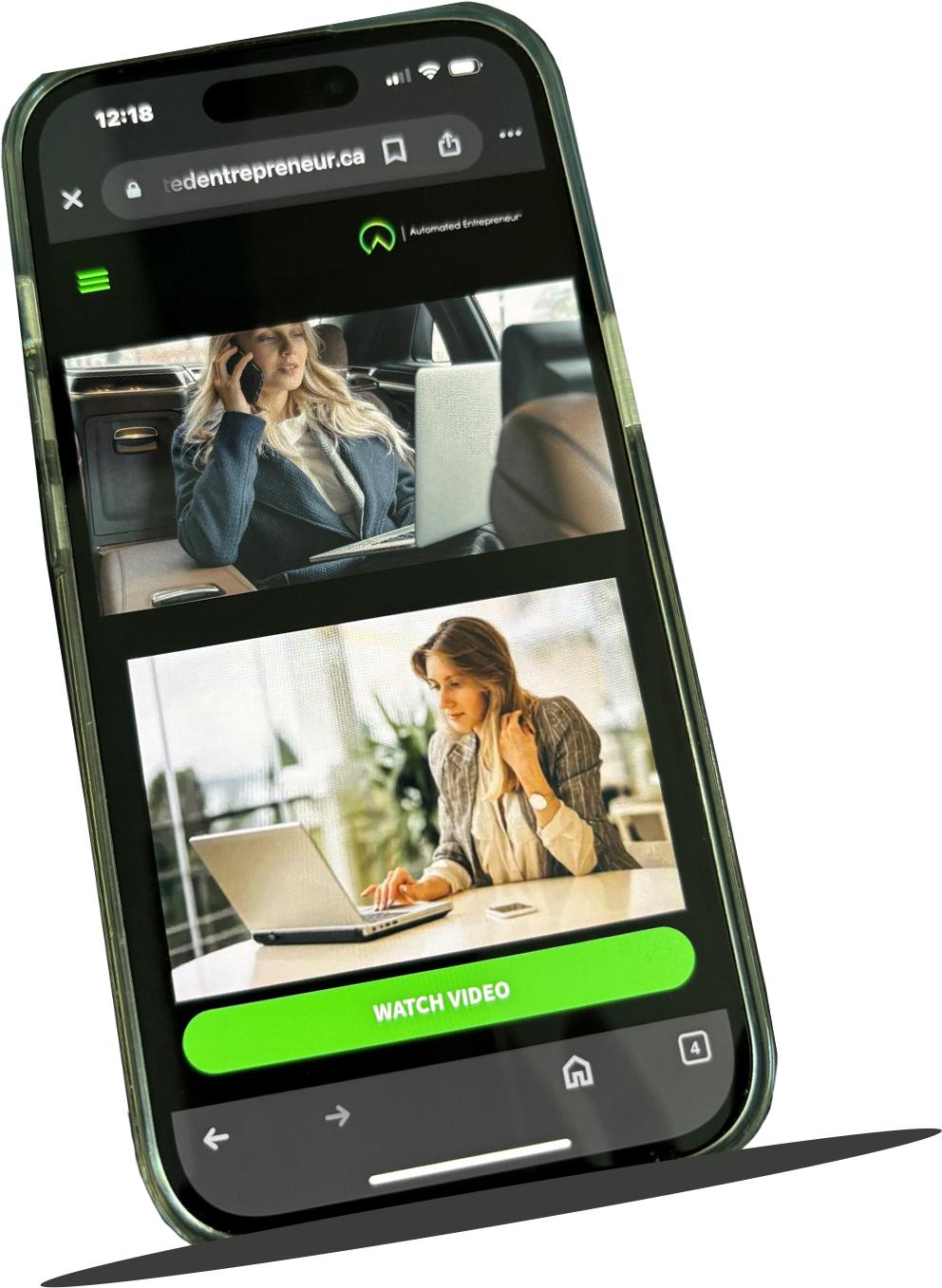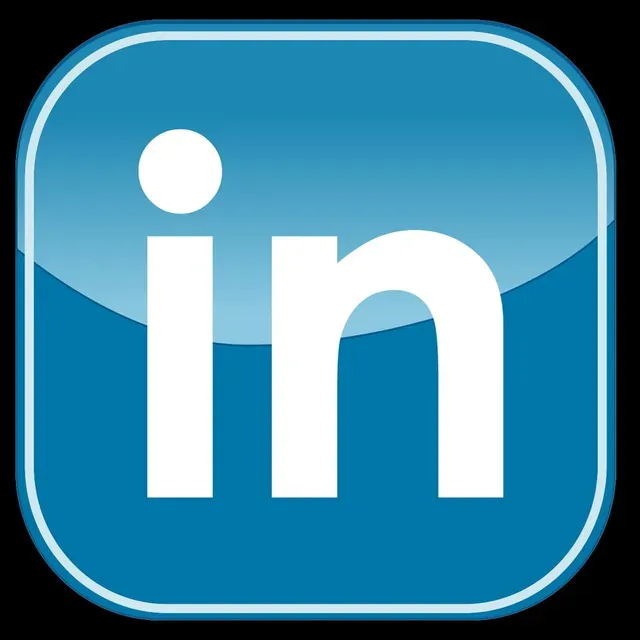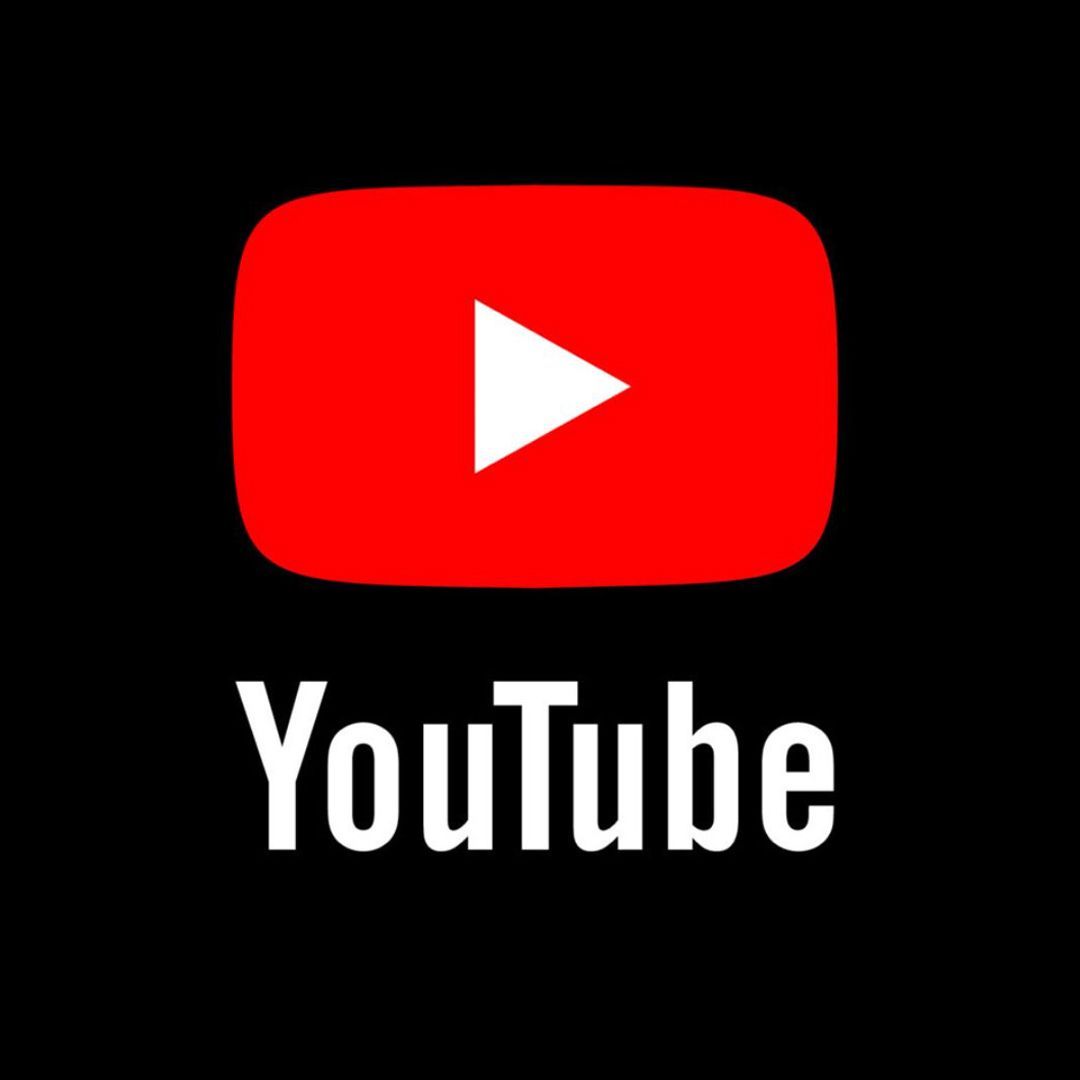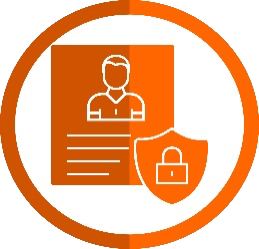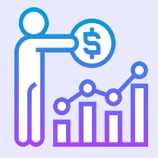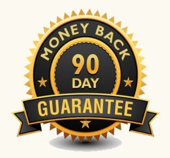Referral Program Ideas
1. Contests or Giveaways
Contests or giveaways can incentivize customers to refer new leads.
For example, you can host a contest where customers are only entered if they refer a certain number of leads to your business. This can mean providing a list of emails or getting signups for a free trial or membership.
The one risk that you run with contests is the quality of leads. If customers are randomly selecting their peers, you might not obtain leads who are interested in your business.
This will cost your marketing and sales team time as they sort contacts who aren't a good fit for your company.
Be sure to create contests that encourage customers to refer high-quality leads. You can do this by basing your entry fees on conversions rather than referrals.
If a customer wants to be entered into the contest, they need to get people to sign up for or purchase your product, rather than simply providing an email. This will ensure that you're rewarding customers for providing high-quality leads to your business.
For example, this Gold's Gym giveaway included a host of physical prizes, such as dumbbells and workout benches in exchange for referrals.

Why It's Effective
This strategy is effective because it appeals to our inherent desire to win something. It might be a free product or subscription to a service, or it could even be a cash prize. By giving away something customers want for their help in finding quality referrals, businesses can zero in on their target market.
Who It's Best For
This approach works for any business, so long as you have something worth giving away. Retail brands could give away a high-quality, high-value item, while service companies could offer to cover the cost of services for a month, six months, or a year.
How to Measure the Program's Success
Measuring success means making sure that customer referrals are driving quality referrals and conversions. As a result, it's worth tracking the amount spent on contest prizes versus the volume of spending driven by referred customers.
When to Implement It
It's worth implementing this strategy when referral numbers start to dip. The caveat? Only run it for a fixed period — such as two weeks or 30 days — to keep interest high.
2. Social Gifting
It‘s easier to motivate customers if they don’t feel like you're trying to manipulate them. When you send out a coupon that says, “refer five people and get 25% off,” customers know that you're trying to get something from them and are more dubious of your offer.
Instead, you can leverage social gifting as a way to encourage referrals without directly asking for them. Instead of rewarding customers for providing a certain number of referrals, this offer rewards them for sharing a coupon with their peers. This way, the customer not only gets to give a gift to a friend but is also rewarded each time their referrals redeem the coupon. That provides them with extra incentive to reach out to as many people as possible.
Why It's Effective
Social sharing provides a way for existing customers to give and get something — and something they‘ll actually use. Since you’re relying on customers to do the leg work, however, make sure that your social gift is worth their while.
The example above shows a $15 off coupon for both referrer and referee; numbers lower than that, such as $5 off a purchase, probably won't motivate action.
Who It's Best For
Social sharing is often best for brands with a product that benefits from a specific or percentage discount. This is especially true for brands that don't typically run sales events, since it gives customers the rare chance to get items at a lower cost.
How to Measure the Program's Success
Use unique coupon codes or other methods to track the use of your discounts — one for current customers and one for new referrals — to make sure the program is paying off.
When to Implement It
This approach can be used any time of year for retail or eCommerce brands. One piece of advice? Make sure your giving is two-sided; both the referrer and referee should get something out of the deal.
3. Fundraisers
Fundraisers are a great way to connect with your customers’ values in a way that doesn’t involve your product or service. By getting involved with a cause that your customers care about, you're demonstrating that you understand more than just their buying habits. You recognize their personal values as well as what they are looking for from your business.
Additionally, fundraisers present a referral opportunity as well. It's easy for customers to share fundraisers with their peers, and as more people donate and participate, your team will build a database of leads who share the same values as your company. This makes it more natural for your business to follow up with these new leads and shift the conversation toward your products and services.
Why It's Effective
Fundraisers take the focus off your brand and put it onto a worthy cause. While your brand is associated with the effort — and can gain some goodwill as a result — the best fundraising efforts make sure that the cause takes top billing.
Who It's Best For
Any company can use fundraising as a referral program. The concept is simple: Create a fundraiser for a cause your customers are passionate about and then ask them to share the details with friends and family.
How to Measure the Program's Success
Done well, fundraisers can bring in new customers via direct referrals. But this isn’t the primary purpose: Instead, you’re looking to build goodwill and community reputation.
As a result, you may see downstream effects when customers recognize your company name and choose to engage with your social media channels or make a purchase. Ask them where they heard about your company to get a sense of the fundraising campaign's effectiveness.
When to Implement It
Fundraisers can happen at any time, but it may be worth aligning them with local holidays or festivals that have customers feeling more generous with their time and money.
4. Customer Loyalty Tiers
So far, I’ve discussed referral program ideas that encourage one-time referrals. While these are certainly effective, it’s tough to host a daily contest or start a fundraiser every other week. Instead, it’s more efficient to have a referral program that motivates customers to refer multiple people over a long period of time.
To accomplish this, you can create customer loyalty tiers that reward people as they continue to refer leads. Each tier has unique benefits. When customers refer to a specific number of leads, they’re promoted to the next loyalty tier.
With this setup, customers are constantly motivated to refer new leads, even if you’re not hosting a contest or promotion.
Why It's Effective
Access to greater discounts or rewards can be a significant driver for some customers, especially if they regularly spend large amounts of money on your site or in your store.
Since these customers are already loyal, they're more likely to sing your praises to friends and family regardless of any rewards offered. Adding a tiered referral option simply adds motivation.
Who It's Best For
Companies that sell a large variety of products at different price points can benefit from this approach. Lower tiers may offer discounts on lower-priced items, while higher tiers could provide both money off and early access to new products.
How to Measure the Program's Success
Measure success by tying the number of new referrals and conversions to current, high-tier customers. If you reach a saturation point where the number of high-tier members outstrips the number of conversions, consider adding a new tier or phasing out the program altogether.
When to Implement It
Implement this program just prior to a new product launch or social media campaign to help drive interest and engagement with your brand.
5. Seasonal Campaigns
Seasonal campaigns are always a timely way to draw in new customers. You can promote holiday discounts, annual sales, and long-term deals that can be used every year. And, if you execute these campaigns consistently, your customers will look forward to them year-round.
Why It's Effective
Spending ramps up around many major holidays, making them the perfect time to capture customer attention with a great deal or discount. Do it right, and customers will look forward to your seasonal campaigns all year long — and they'll also tell their friends.
Who It's Best For
Seasonal campaigns can work for any product or service brand, so long as your messaging is clear, and you make sure to advertise the upcoming event prior to the season or holiday itself.
How to Measure the Program's Success
Since these campaigns happen over a fixed period, measuring success means comparing the number of referrals and conversions generated over the seasonal period compared to previous campaigns.
When to Implement It
Start your implementation around a month before the seasonal event itself to give customers time to think about what they want to purchase and who they want to refer.

